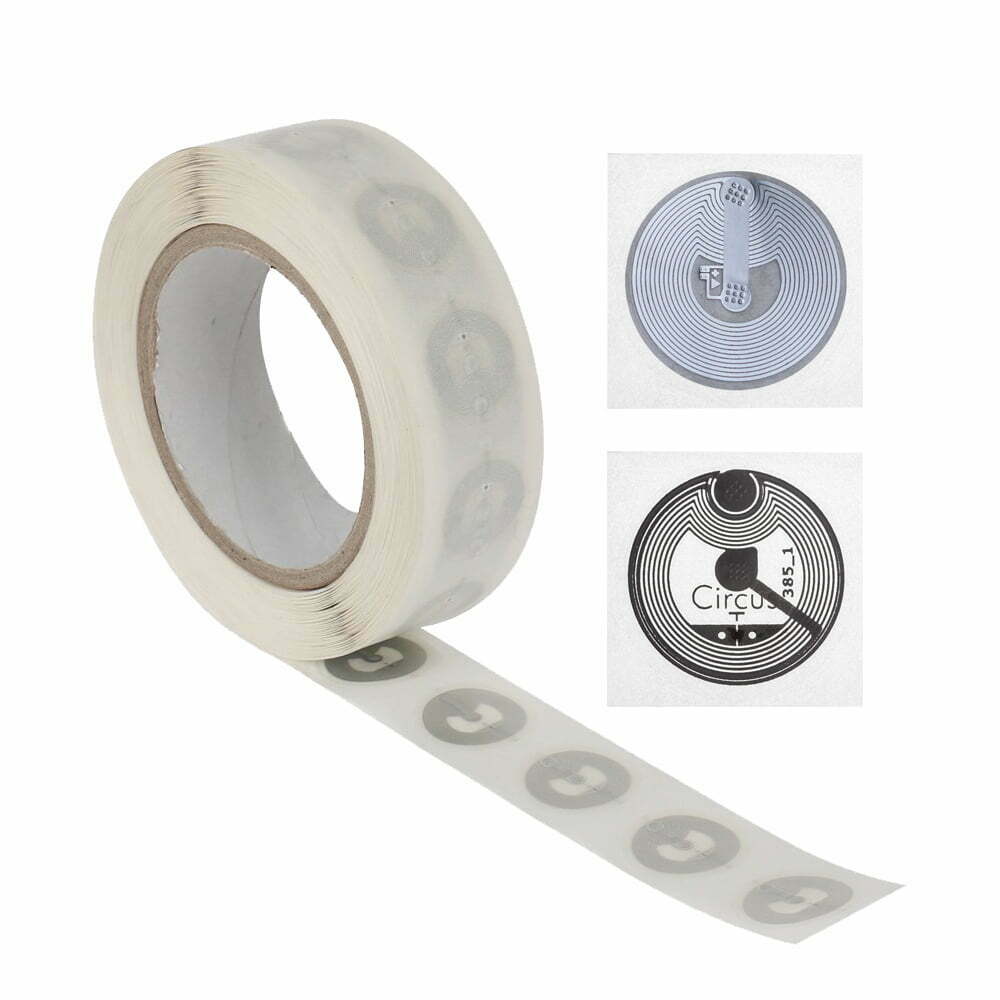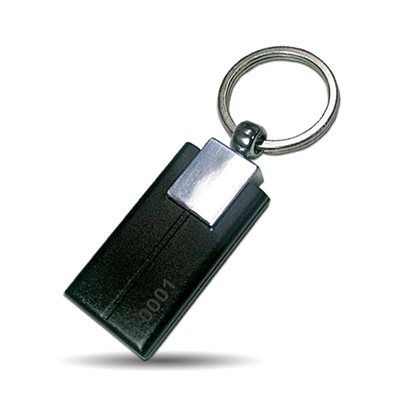
NFC technology has transformed industries, from supply chain management to contactless payments. However, its convenience also comes with risks.
In 2023, 35% of businesses using NFC reported security incidents, including data tampering and unauthorized access (Gartner). For a logistics company, a single NFC data breach cost $500,000 due to inventory theft and system downtime.
Real-World Risks: How Data Tampering Can Cost Businesses
- Μελέτη περίπτωσης: Logistics Company Loses $500,000 to NFC Vulnerability
- Effect:
The value of the stolen goods was $350,000.
$150,000 in system recovery and downtime. - Root cause: Weak encryption and lack of access logs.
NFC Security Audit
-
Step 1: Verify the encryption standard
AES-128 vs. DESFire:
AES-128: Ideal for low-risk applications (Π.χ., event check-ins).
DESFire EV2: Ideal for high security needs (π.χ. payment systems, inventory tracking).
Action: Confirm that the label uses AES-256 or DESFire EV3 for maximum security. -
Step 2: Test physical tampering
What to check:
Labels should be resistant to peeling, scratching, and exposure to high temperatures.
Use tamper-evident labels for critical assets.
Εργαλεία: Perform stress tests using tools such as the NFC TagInfo App. -
Step 3: Audit access logs
What to check:
Make sure that all NFC scans have a timestamp and user ID recorded.
Look for anomalies (Π.χ., duplicate scans from unknown devices).
Εργαλεία: Use NFC Log Analyzer Pro to monitor and analyze access logs. -
Step 4: Implement mutual authentication
What it is: Both the Ετικέτα NFC and the reader verify each other’s identities.
Why it’s important: Prevent man-in-the-middle attacks. -
Step 5: Regularly Rotate Encryption Keys
Best Practice: Change keys every 90 days or after employee turnover.
Tool: Use Key Management Systems (KMS) to automate key rotation. -
Step 6: Conduct Penetration Testing
What to Test:
Attempt to clone tags using off-the-shelf tools.
Simulate physical tampering and data injection attacks.
Tool: Hire certified ethical hackers or use NFC Security PenTest Kit. -
Step 7: Secure Your NFC Readers
What to Check:
Ensure readers are updated with the latest firmware.
Use encrypted communication channels (Π.χ., TLS). -
Step 8: Train Employees on NFC Security
Key Topics:
Recognizing suspicious activity.
Proper handling of NFC devices.
Resource: Provide NFC Security Training Modules. -
Step 9: Monitor for Firmware Vulnerabilities
What to Do: Subscribe to vendor alerts for firmware updates.
Παράδειγμα: NXP Semiconductors regularly releases patches for DESFire tags. -
Step 10: Perform Quarterly Audits
Why It Matters: Security threats evolve rapidly. Regular audits ensure ongoing protection.
👇 Click to schedule:
[Schedule a Free NFC Security Consultation]















